Australia, renowned for its breathtaking landscapes and vibrant cities, is facing a daunting future. By 2050, some Australian cities might become unlivable due to a confluence of environmental, economic, and social challenges. This scenario presents not only risks but also unique opportunities for investors and policymakers to reshape the future landscape. Let's delve into why this transformation is taking place and how savvy investors can navigate the changing terrain.
The Impact of Climate Change: A Looming Threat
Climate change stands as the primary driver behind the potential unlivability of certain Australian cities. Rising temperatures and sea levels, coupled with extreme weather events, pose significant risks to urban centers. According to the Australian Bureau of Statistics (ABS), Australia's average temperature has increased by about 1.44°C since national records began in 1910. This warming trend exacerbates the frequency and intensity of bushfires, droughts, and floods, which in turn affect the habitability of cities.
Case Study: Sydney's Vulnerability
Sydney, Australia's largest city, is particularly susceptible to climate-induced challenges. Rising sea levels threaten its coastal infrastructure, while increased temperatures exacerbate urban heat island effects, making summers unbearable. The Reserve Bank of Australia (RBA) estimates that climate-related disasters could lead to economic losses of up to 1.5% of GDP annually by 2050. For investors, this signals both risk and opportunity in sectors like renewable energy and climate-resilient infrastructure.
Economic Implications: Shifting Opportunities
The economic landscape of Australia is shifting in response to these environmental pressures. Industries reliant on stable climates, such as agriculture and tourism, face increasing volatility. However, this shift also paves the way for growth in sectors like technology, renewable energy, and climate adaptation services.
Investing in Renewable Energy
Australia's commitment to net-zero emissions by 2050 has accelerated investments in renewable energy. The Commonwealth Scientific and Industrial Research Organisation (CSIRO) projects that by 2030, 50% of Australia's energy will be sourced from renewables. Venture capitalists can capitalize on this trend by investing in innovative startups focused on solar, wind, and battery technologies.
Regulatory Landscape: Navigating Compliance
As the Australian government intensifies its efforts to combat climate change, regulatory frameworks will evolve. The Australian Competition & Consumer Commission (ACCC) and the Australian Prudential Regulation Authority (APRA) are likely to implement stricter compliance measures, particularly concerning carbon emissions and environmental sustainability.
Pros vs. Cons of Regulatory Changes
- Pros: Increased regulations can drive innovation in sustainable practices and technologies, offering new market opportunities for investors.
- Cons: Compliance costs may rise for businesses, potentially impacting profitability in the short term.
Social Dynamics: Urbanization and Population Shifts
Climate change and economic shifts are reshaping Australia's demographic landscape. Cities struggling with environmental challenges may witness population declines, while others, perceived as safer, will experience growth. This urbanization trend requires strategic investments in housing, infrastructure, and public services.
Case Study: Melbourne's Resilience
Melbourne, often ranked among the world's most livable cities, is actively investing in green infrastructure to combat climate risks. The city's Urban Forest Strategy aims to increase tree canopy cover from 22% to 40% by 2040, mitigating heat and enhancing urban resilience. Investors can explore opportunities in green real estate and sustainable urban development projects.
Myths and Misconceptions about Urban Unlivability
- Myth: Only coastal cities are at risk. Reality: Inland cities face extreme temperatures and water scarcity, impacting livability.
- Myth: Technological solutions alone can solve climate issues. Reality: Comprehensive policy and community engagement are crucial for sustainable adaptation.
Future Predictions: A Paradigm Shift
By 2050, Australia will likely experience a paradigm shift in urban development and population distribution. Cities investing in climate resilience and sustainable infrastructure will thrive, while others may falter. The Australian Treasury forecasts that climate adaptation investments could yield economic benefits exceeding $26 billion by 2030. Investors who align their strategies with these trends will be well-positioned to capitalize on future opportunities.
Conclusion: Navigating the Future
The potential unlivability of some Australian cities by 2050 presents both challenges and opportunities for investors. By understanding the environmental, economic, and social dynamics at play, venture capitalists can make informed decisions that not only mitigate risks but also drive innovation in sustainable solutions. The path to 2050 is paved with uncertainties, but with strategic foresight and investment, a resilient and prosperous future is within reach.
Call to Action
Are you ready to explore investment opportunities in Australia's evolving landscape? Join our newsletter for exclusive insights and updates on sustainable ventures and climate resilience strategies. Share your thoughts and strategies in the comments below—how do you plan to navigate these changes?
People Also Ask
- How does climate change impact Australian cities? Climate change increases the frequency of extreme weather events, affecting infrastructure and urban livability.
- What are the best investment strategies for a climate-resilient future? Investing in renewable energy, sustainable infrastructure, and green technologies are strategic moves for long-term gains.
Related Search Queries
- Australian cities climate change
- Investing in renewable energy Australia
- Future of urban development in Australia
- Climate adaptation strategies Australia
- Opportunities in sustainable infrastructure






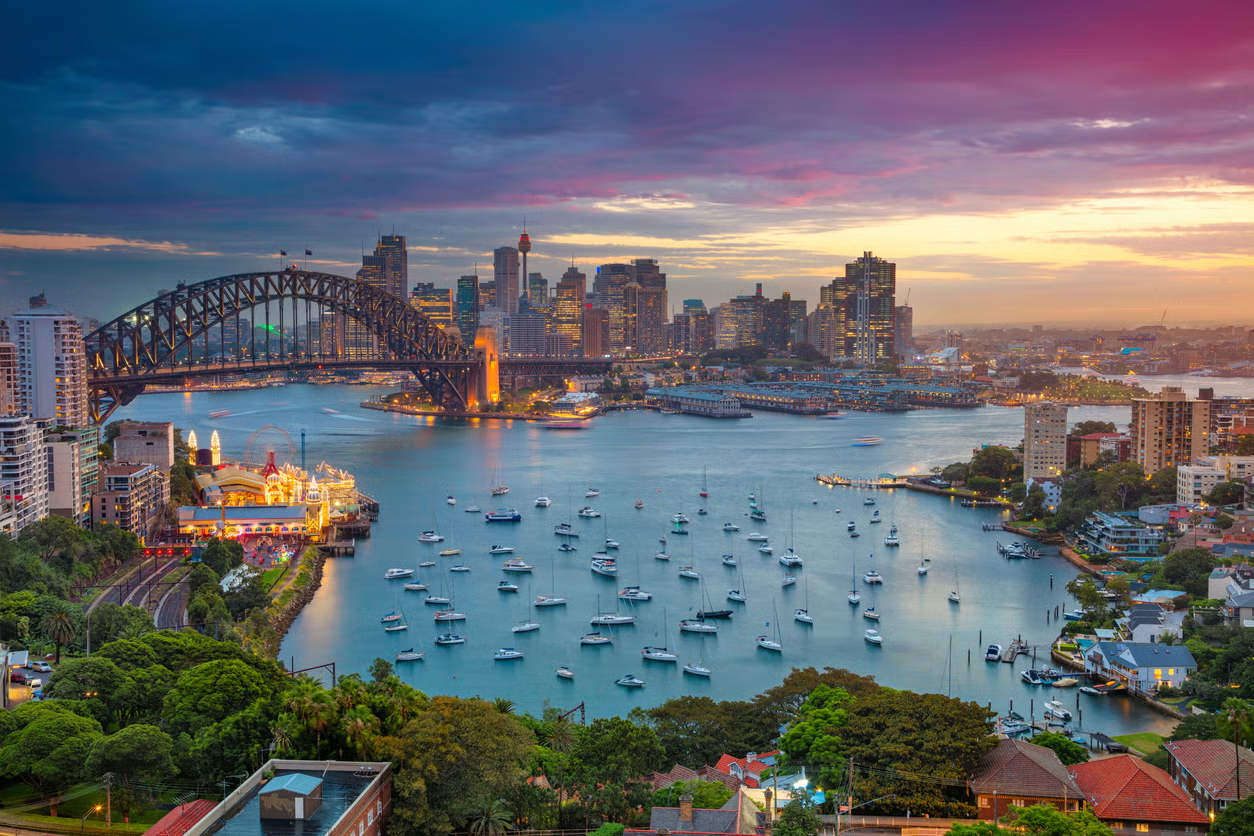





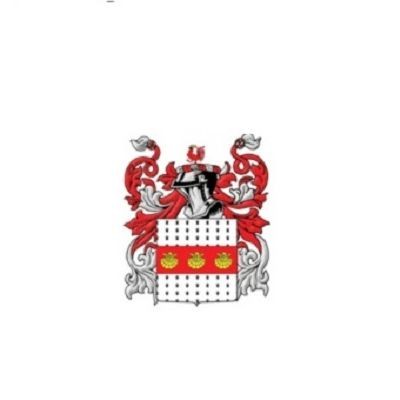

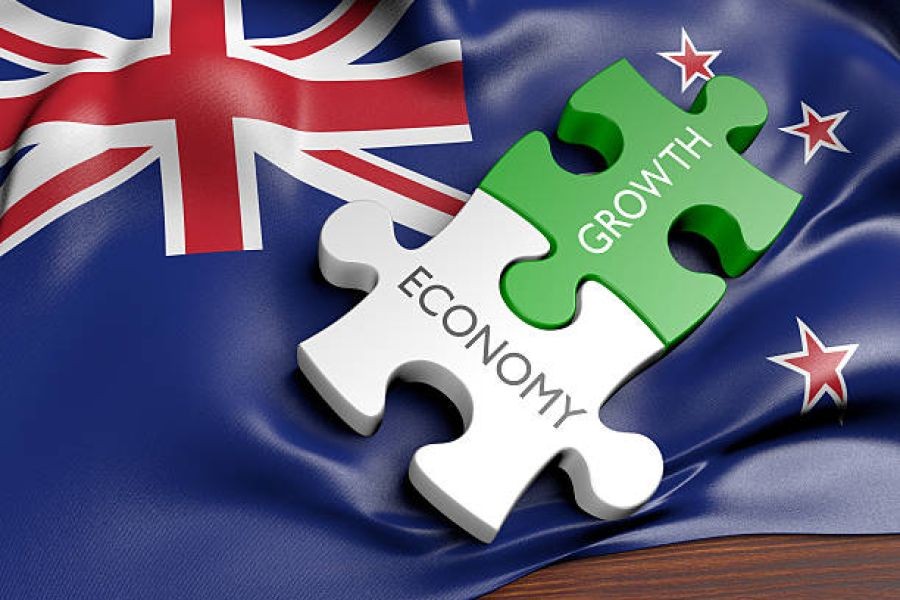












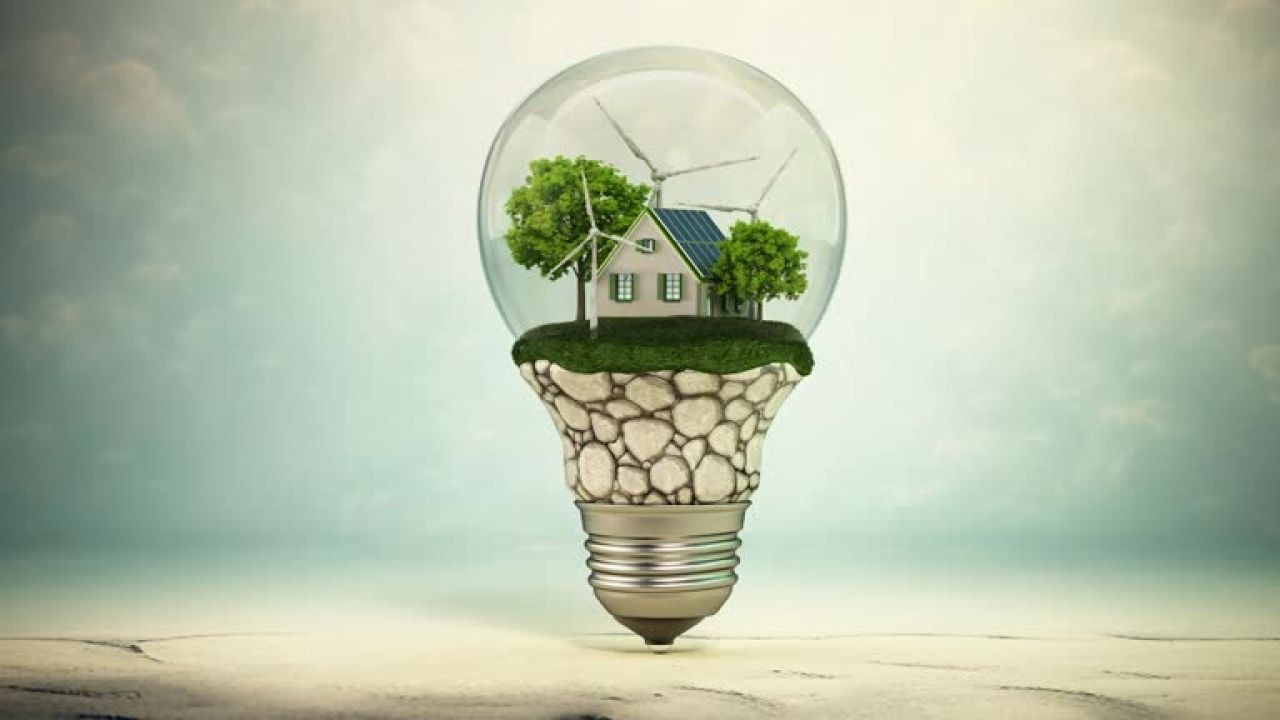



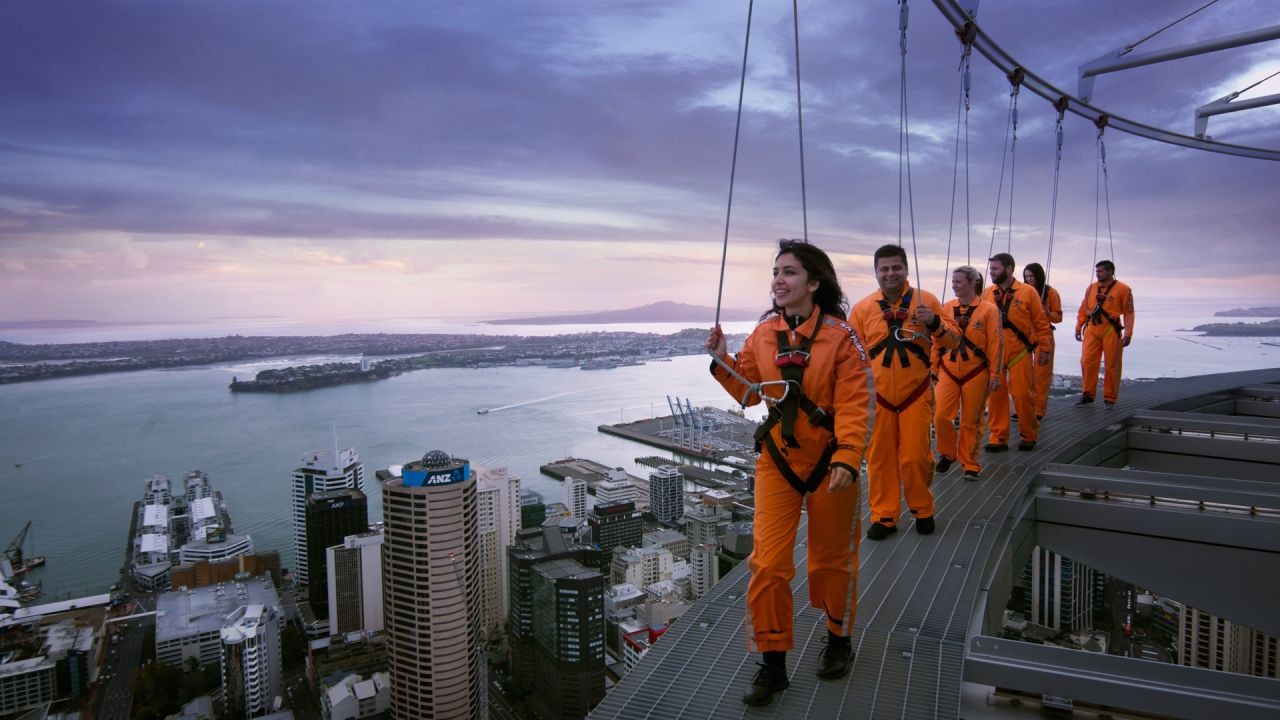




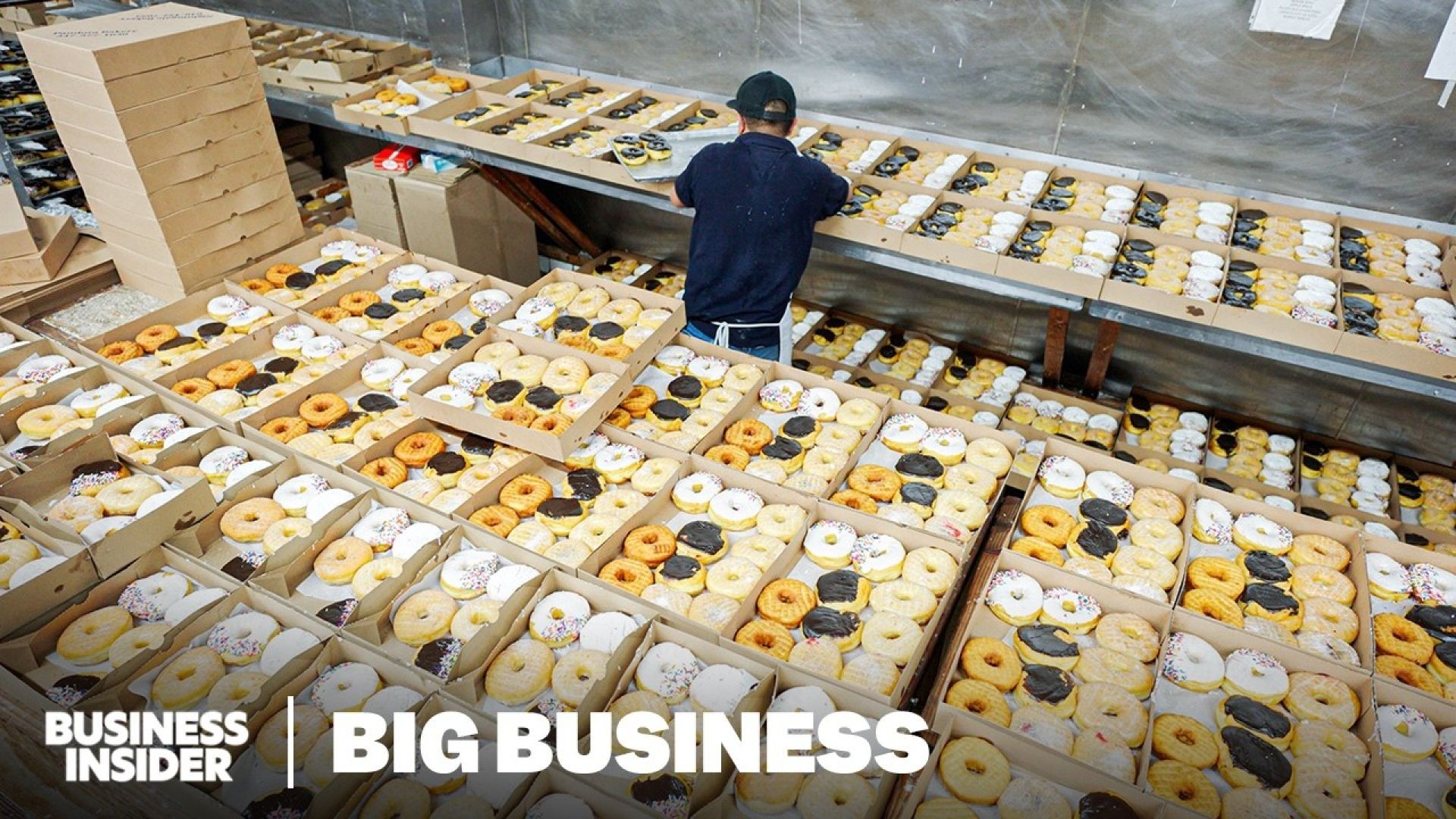
Rydeau Plumbing
4 days ago